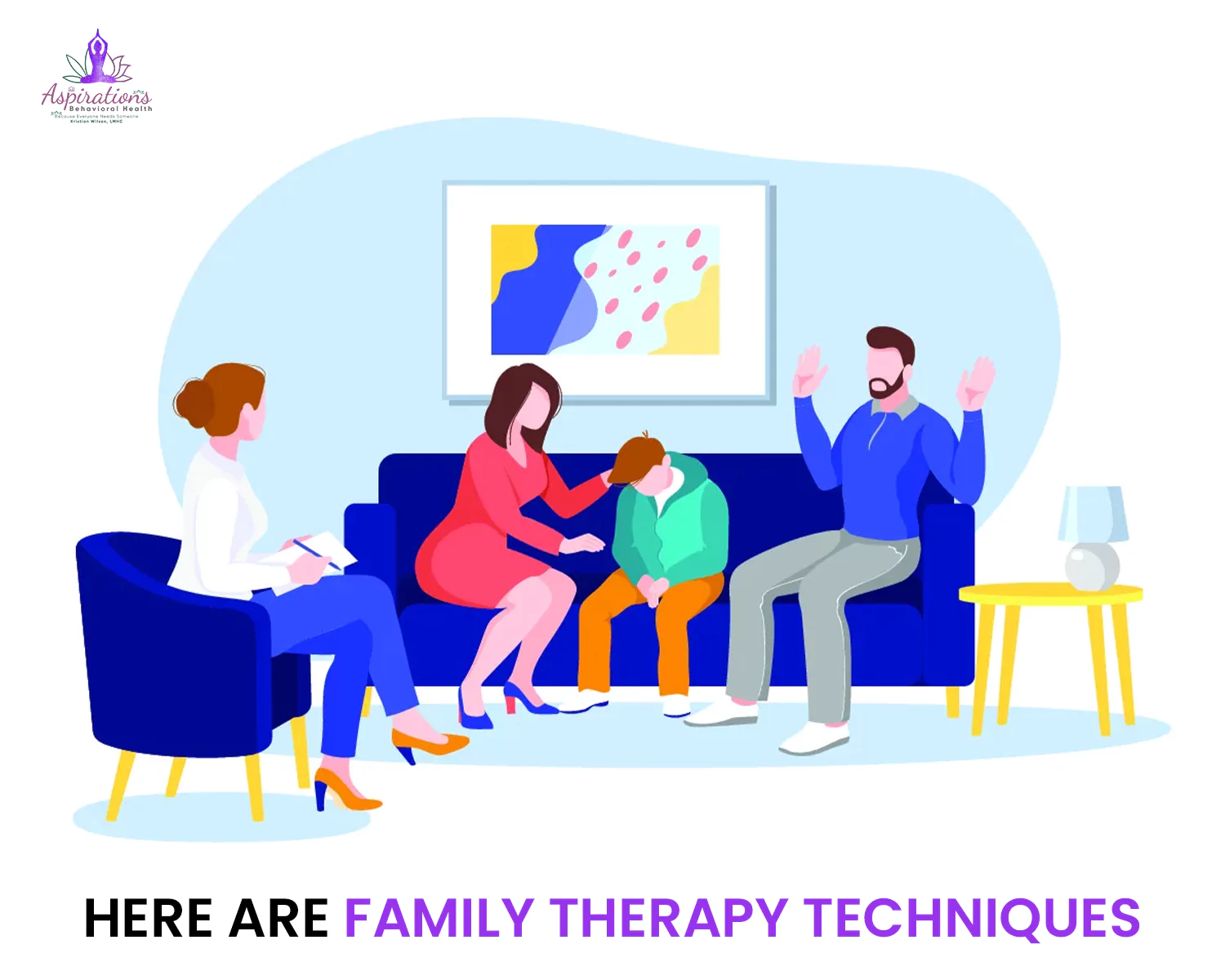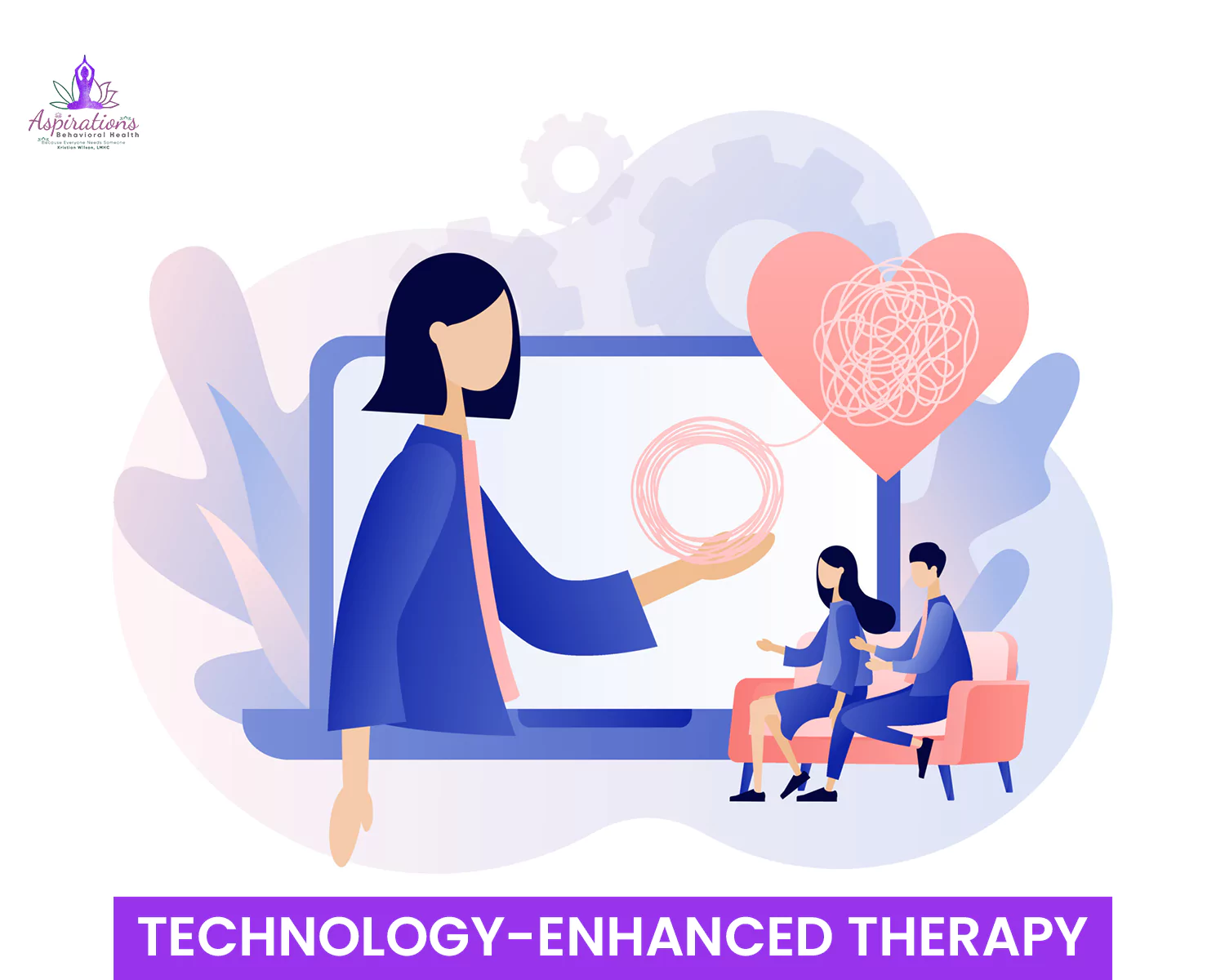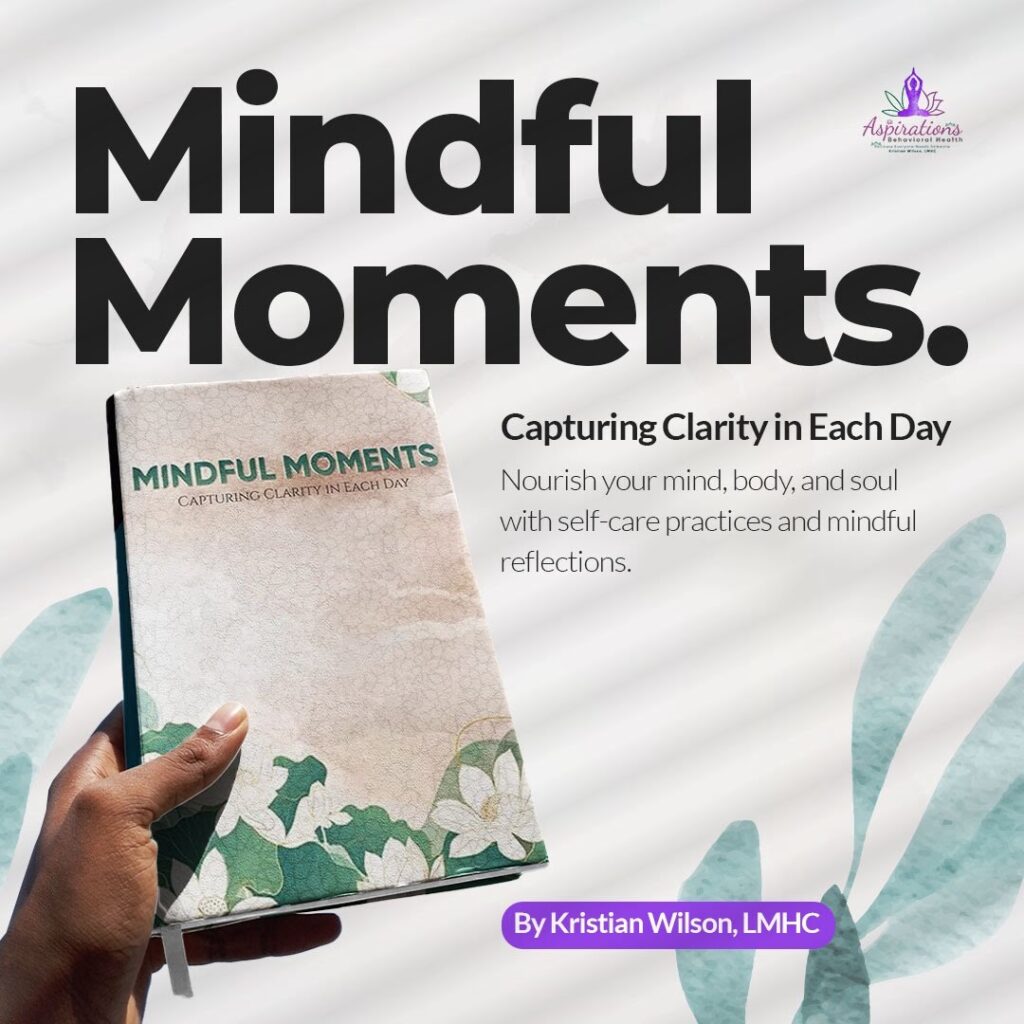Family therapy helps families at work. It looks at how everyone in a family, so if one person has a problem, it can affect everyone. Therapists use different ways to understand and improve how family members get along. This article talks about what family therapy is, why some ways are important, and how online family therapy services can help families.
Family therapy sees families as teams where everyone is more important than one person alone. It doesn’t look at one person’s problems; it understands that how the family acts is important for how each person feels. The main goal of family therapy is to find and fix the tricky patterns and ways family members talk to each other that might be causing problems.
Key Takeaways
- Family therapy further develops the family, considering everything, including thriving, by tending to interconnected parts.
- Structural Family Therapy Techniques, by Salvador Minuchin, plans to change, generally speaking, family working for a better individual way of behaving.
- Family therapy standards incorporate surveying the family as associated, using qualities, and showing successful critical thinking.
- The reason for techniques is to improve connections and family prosperity by tending to complex elements.
- Techniques are instruments regarding the family collectively, such as changing interconnecting pieces for better attachment.
- Making changes, especially in the home plan, can update the family course of action, making an ever closer enchanting home space.
- Key techniques integrate genogram examination, structural assessment, correspondence strength, account proliferation, and more.
- These techniques, from structural and family systems therapy to nearby online counseling, make more grounded family bonds.
The Meaning of Structural Family Therapy Techniques
Family Therapy assists families with improving. One way to do this is by using Structural Family Therapy Techniques. These techniques focus on changing how the whole family works together. Salvador Minuchin made these techniques, thinking that adjusting how the family works can improve individuals’ behavior and improve how the family interacts.
An important part of these techniques is looking at and changing each family member’s job. Sometimes, family members take on roles that create problems. Therapists work with the family to find and fix these roles, ensuring everyone has fair responsibilities and expectations.
Principles of Family Therapy
Family therapy works based on a few important ideas. One key thought is seeing the family as connected and cooperating. Therapists work with the family to find and solve problems. Also, they focus on using the family’s strengths to improve things.
Conflicts happen in every family, but how they are dealt with matters greatly. Family therapy gives people tools to determine why problems exist, find solutions, and improve things. Learning how to solve problems nicely makes the family a more comfortable place.
Vital family therapy sees explicit issues in a reasonable manner. Therapists guide families in dealing with problems to feel successful and stronger.
Narrative therapy is about changing how families think about and tell their stories. By exploring and changing stories, people can see things differently and make good changes in the family.
The Purpose of Family Therapy Techniques
Family therapy techniques help families have good relationships and be healthier overall. They are a huge piece of Family Therapy and family structure therapy. When we think about marriages and families, the main goal of using these techniques, especially the ones from structural family therapy, is to understand and work with complex family relationships. Unlike therapy for one person, Family Therapy believes that everyone in a family is closely connected, and when one person has a problem, it can affect everyone in the family.
Grasping Interconnected Dynamics
Family therapy techniques are like tools that therapists use to help families. These tools are based on the idea that families are like a team, where everyone’s actions affect each other. Imagine a puzzle – if you change one piece, it can impact the whole picture. That’s how families work; family therapy helps ensure the pieces fit together better.
In family therapy, the therapist looks at how family members talk to each other and act around each other. They try to figure out if there are any patterns or habits that might be causing problems. It’s a bit like finding out the why behind the what. Once they understand these patterns, therapists can guide the family in making positive changes.
Family therapy techniques to make the family healthier as a whole. Think of it like giving the family a check-up. The therapist wants to ensure everyone feels good and works well together. So, they work together with the family to make things better. It’s all about finding ways for each family member to be their best and strengthening the family team.
Tactical Application of Techniques
There are many different ways to help, but structural family therapy techniques, started by Salvador Minuchin, stand out for their smart way of changing how a family is together. These tricks focus on fixing the big picture of the family to make good changes in how people act and how the family works together. They might mean saying what each family member does, setting better borders, or helping everyone talk better. These tricks are like big parts of the process.
The goal isn’t to fix current problems but to change the basic setup of the family. This helps make a more equal and happy way of living together. Especially in the context of marriage and family dynamics, these tricks are very important tools for therapists. They help therapists guide families through the tricky web of relationships and give families the power to make lasting positive changes. It’s like using a map to find the right path and make the family stronger and happier.
Here Are Family Therapy Techniques
 Family therapy techniques are huge mechanical assemblies for additional creating associations and improving family components. You can make meaningful improvements using Structural Family Therapy Tricks, Family Systems Therapy, and online family counseling services. Coming up next are 21 tricks for family therapy pointed toward making relationships stronger using Structural Family Therapy Principles, Family Systems Therapy, and Online Family Counseling Services.
Family therapy techniques are huge mechanical assemblies for additional creating associations and improving family components. You can make meaningful improvements using Structural Family Therapy Tricks, Family Systems Therapy, and online family counseling services. Coming up next are 21 tricks for family therapy pointed toward making relationships stronger using Structural Family Therapy Principles, Family Systems Therapy, and Online Family Counseling Services.
Genogram Exploration
Use pictures (genograms) to draw family relationships, finding patterns that influence current things.
Structural Assessment
Evaluate and redefine family roles and boundaries to establish a balanced and functional structure.
Communication Mastery
Prepare powerful correspondence strategies to upgrade understanding and lessen clashes inside the family.
Narrative Reconstruction
Investigate and remake family stories to reshape discernments and develop a more sure family narrative.
Strategic Interventions
Carry out designated mediations to resolve explicit issues and upset negative examples.
Enactment Sessions
Use pretending situations inside treatment meetings to notice and address constant relational peculiarities.
Skillful Joining
Assemble compatibility with every relative to establish trust and work with open correspondence.
Boundary Definition
Help the family define solid limits to empower individual independence while keeping up with the association.
Refocusing Strategies
Urge the family to rethink negative points of view and take on other options and positive perspectives.
Sculpting Exercises
Genuinely organize relatives to address their connections and elements, giving an unmistakable visual guide.
Problem Externalization
Separate people from the issues they face, diminishing fault and advancing cooperative critical thinking.
Resource Utilization
Recognize and use the family’s assets and assets to address difficulties successfully.
Solution-Oriented Approaches
Spotlight on finding and executing arrangements instead of harping on issues, cultivating a forward-looking mentality.
Homework Assignments
Appoint assignments beyond treatment meetings to support learning and empower conduct change.
Emotional Guidance
Assist family members in identifying and expressing emotions constructively, fostering emotional intelligence.
Cultural Sensitivity Training
Acknowledge and address cultural influences on family dynamics, ensuring a culturally competent approach.
Technology-Enhanced Therapy
 Integrate online family counseling to give adaptability and availability to occupied families.
Integrate online family counseling to give adaptability and availability to occupied families.
Role Reversal Exercises
Have family members switch roles temporarily to acquire bits of knowledge into one another’s points of view and encounters.
Expressive Arts Integration
Utilize creative expression, like quality, music, or show, to facilitate communication and emotional exploration.
Mindfulness and Relaxation Techniques
Consolidate care practices to assist relatives with overseeing pressure and staying present at the time.
Continuous Evaluation and Adaptation
Regularly assess progress, adapt techniques as needed, and ensure active family engagement in the therapeutic process.
By incorporating these techniques, drawing from structural family therapy and family systems therapy, and utilizing online family counseling services, individuals can work towards building stronger and healthier relationships within their families.
Call Now for Compassionate Support
Discover a brighter future with Aspirations Behavioral Health. Our dedicated team provides compassionate support for your mental well-being. Call us now to embark on a journey towards lasting wellness. Your path to a healthier, happier life starts with Aspirations Behavioral Health. Reach out today for a brighter tomorrow.
Aspirations Behavioral Health offers a wide range of services, including:
Online Individual Consultation And Coaching
Online Child And Adolescent Therapy
FAQs – Family Therapy Techniques
What technique is used in family therapy?
Utilize the genogram construction technique in family therapy sessions. This visual representation, resembling a family tree, serves as a tool to analyze family dynamics, relationships, and intergenerational patterns comprehensively. It provides valuable insights for therapists and families to explore communication styles, emotional connections, and recurring themes within the family unit.
What are the 5 stages of family therapy?
Family therapy involves stages: assessing issues, setting goals, planning treatment, implementing interventions, and evaluating progress. It’s a systematic process that guides the therapeutic journey, helping families address challenges and foster positive changes in their dynamics.
Conclusion
The strategic prowess of structural family therapy techniques is central to the essence of Family Therapy. Crafted by the visionary Salvador Minuchin, these techniques delve into the fabric of family structures, offering a nuanced approach to redefine roles, adjust boundaries, and amplify communication. Rooted in acknowledging interconnected family dynamics, therapists utilize these techniques to address prevailing challenges and proactively shape the family structure for sustained harmony. These techniques become potent instruments in the marriage and family dynamics, empowering therapists to guide families toward a more balanced and resilient existence.



